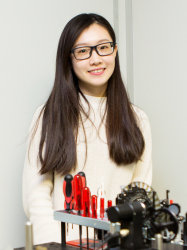BibTex format
@article{Yang:2019:10.1021/jacs.9b04556,
author = {Yang, W and Godin, R and Kasap, H and Moss, B and Dong, Y and Hillman, SAJ and Steier, L and Reisner, E and Durrant, JR},
doi = {10.1021/jacs.9b04556},
journal = {Journal of the American Chemical Society},
pages = {11219--11229},
title = {Electron accumulation induces efficiency bottleneck for hydrogen production in carbon nitride photocatalysts},
url = {http://dx.doi.org/10.1021/jacs.9b04556},
volume = {141},
year = {2019}
}

